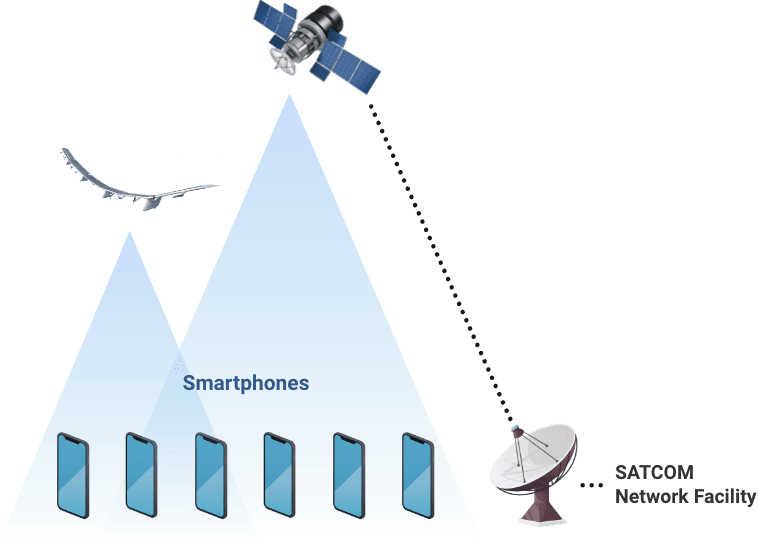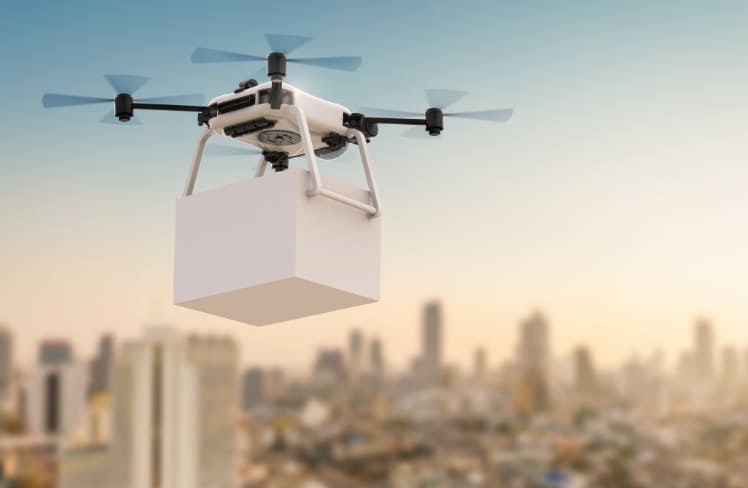What's Ubiquitous Network
The Ubiquitous Network integrates terrestrial networks with non-terrestrial networks utilizing satellites and High Altitude Platforms (HAPS), providing communication everywhere.
In the conventional satellite communication, it has been required to prepare large size terminals and pay high cost. Therefore, it has only been used in very specific use cases.
SoftBank, with its expertise as a telecommunications carrier, will integrate terrestrial networks and non-terrestrial networks, which have been independently operated, into one, aiming to build a Ubiquitous Network that enables everyone to stay connected everywhere.
In Ubiquitous Network, when a device moves out of terrestrial network coverage, it seamlessly switches to non-terrestrial network. For users of the device, they can stay connected without caring about which network they are connected to.
How to approach the realization of Ubiquitous Network
Two elements are required to realize the Ubiquitous Network: “Mobile Direct” and “Multi-Orbit + Mobile Networks.”
Mobile Direct
Until now, it has been difficult for small devices like smartphones to communicate with satellites located hundreds of kilometers away from the ground in a stable manner, so large, dedicated satellite terminals were needed. Recently, technological developments are enabling direct communications between smartphones and satellites, referred to as “Mobile Direct” communications, without the need for dedicated devices.
Mobile Direct communications may not be suitable in terms of speed and stability for some use cases, but they are expected to be utilized in situations where communication devices need be miniaturized, such when they are equipped on drones.
Furthermore, development is ongoing for HAPS to provide radio waves from the stratosphere, allowing for high-speed and low-latency Mobile Direct communications. Although HAPS coverage areas are smaller than those of satellites due to their lower altitudes compared to satellites, a single HAPS vehicle can cover a communication area with a diameter of 200 km.
Conventional Satellite
Communication ServicesCommunication through a large, dedicated satellite antenna

Mobile Direct
Communication ServicesDirect communication
with smartphones

Multi-Orbit + Mobile Networks
The concept of Multi-Orbit + Mobile Networks is a system that combines Non-Terrestrial Networks (NTN) provided from various orbits, such as GEO (geostationary earth orbit) satellites, LEO (low earth orbit) satellites, and HAPS, with terrestrial mobile networks to provide a single communication service.
Multi-Orbit + Mobile Networks makes it possible to seamlessly provide the optimal communication environment by combining communication networks with different characteristics according to each use case.
| Thoughput / Latency | Features | Tens of Mbps / –350msec |
|
|---|
| Thoughput / Latency | Features | Hundreds of Mbps / –70msec |
|
|---|
| Thoughput / Latency | Features | Hundreds of Mbps / –tens of msec [Note] * Depends on payload |
|
|---|
| Thoughput / Latency | Features | Max. 20Gbps / –1msec [Note] * 5G spec |
|
|---|
Initiatives with partners
In order to integrate terrestrial mobile networks and NTN, it is necessary to work with many satellite operators and mobile network operators in different countries. In addition, there are many challenges that cannot be solved by a single company, such as creating systems to provide communication environments tailored to the needs of various customer use cases by combining different networks and supporting operations on a global scale.
SoftBank is committed to working together with partners who share a common vision of the future to realize its Ubiquitous Network.

Related information
Contact
We are accepting inquiries regarding “Ubiquitous Network.”
Please include your name, company name, and inquiry details in your email.

NTN provides communication networks from outer space and the stratosphere. SoftBank will develop NTN solutions with three communication services: OneWeb, Starlink Business and HAPS.







